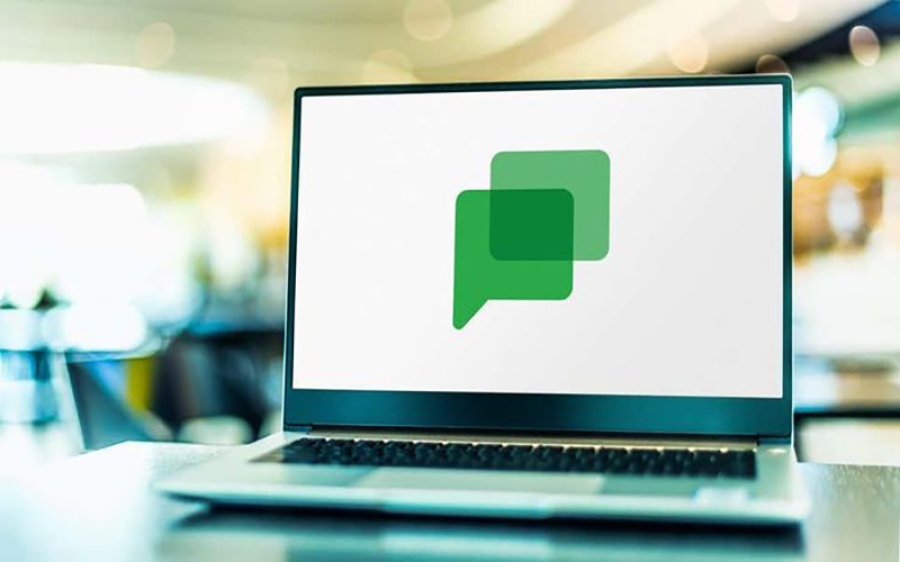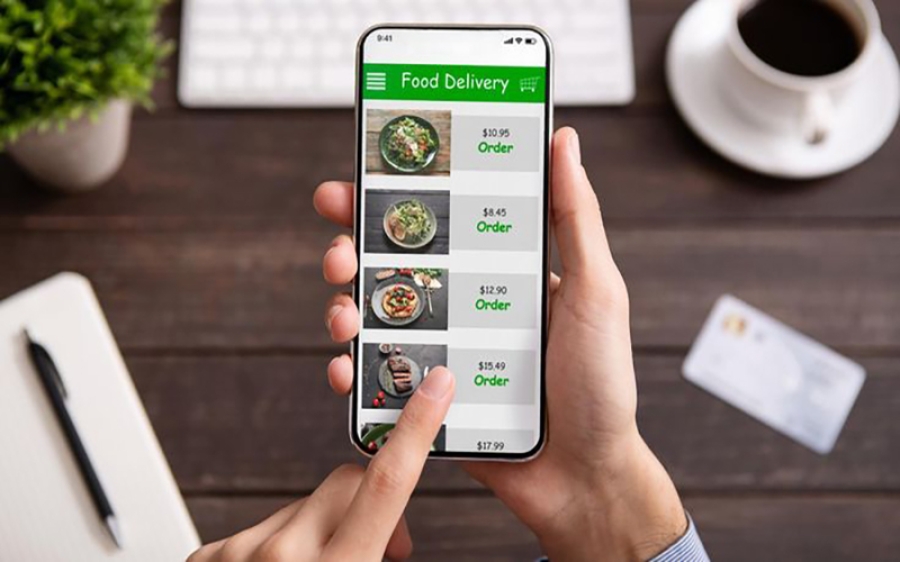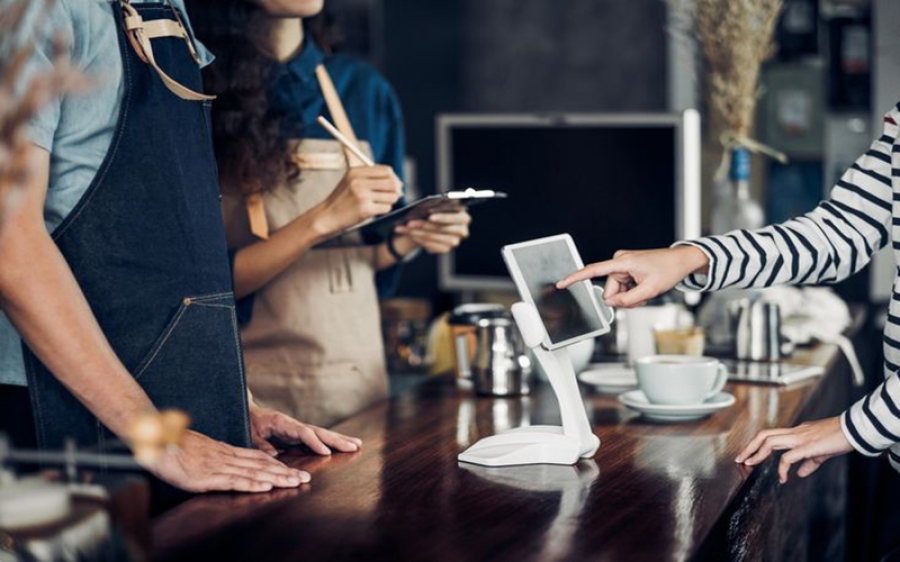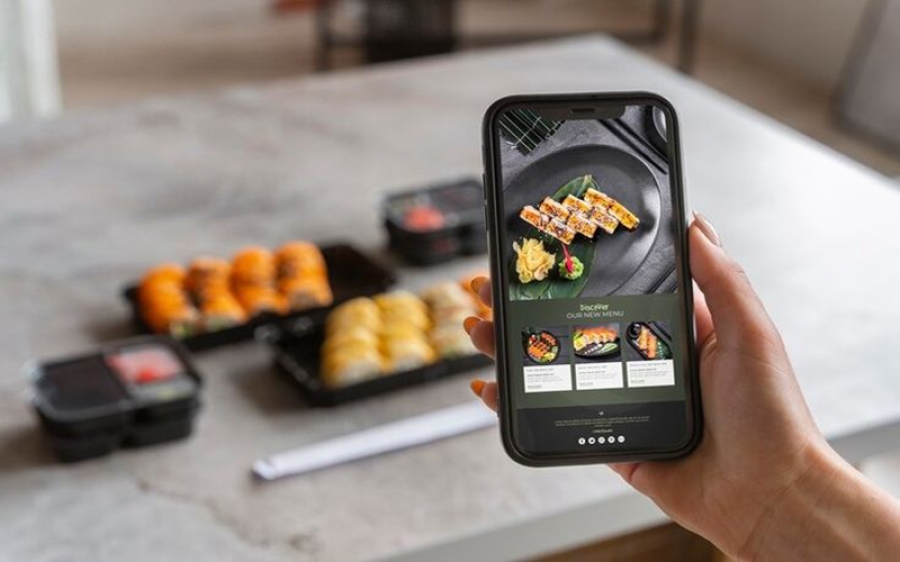From Chalkboards to Chat: The Evolution of How We Order Food
Introduction:
Remember when ordering food meant reading a smudged chalkboard or flipping through a laminated menu with coffee stains? We've come a long way since then. As technology has crept into every corner of our lives, even something as simple as ordering lunch has changed dramatically. Today, customers expect more speed, more convenience, and way less friction. And for restaurant owners, keeping up doesn't mean going high-tech—it means going smart. Enter: QR menus and WhatsApp ordering.
1. The Old-School Charm (That Doesn’t Scale)
Sure, there’s something nostalgic about handwritten menus and in-person orders. But as foot traffic grows or delivery becomes more important, those traditional ways start to show their cracks. Mistakes happen. Lines build up. And the more you grow, the more those charming “small touches” become bottlenecks.
2. QR Menus: Simple, Clean, and Always Up to Date
QR codes might have started as a pandemic necessity, but now they’re a staple. One scan, and your customer has your full, organized menu in the palm of their hand. Need to remove an item? Add a daily special? It takes seconds. No reprinting. No waiting. No mess.
3. WhatsApp: Where Conversations Become Orders
If you told someone 10 years ago they’d be placing dinner orders over a messaging app, they’d raise an eyebrow. But today? It just makes sense. With WhatsApp ordering, customers send their order like they’d text a friend. No new apps. No complex checkouts. Just a friendly chat that turns into a sale.
4. Blending Efficiency with Personal Touch
Here’s the best part: it’s not cold or robotic. Your customer can still ask, “Do you have almond milk today?” or “Can I swap the fries for salad?”—and get a real answer from a real person. It’s fast, but still feels personal. That’s the sweet spot every small business wants.
Conclusion:
Ordering food has changed, but it hasn’t lost its soul. The tools might be new—QR menus, WhatsApp—but the goal is the same: serve great food, keep customers happy, and make the experience as smooth as possible. If your restaurant is still stuck in the chalkboard era, maybe it’s time to blend the charm of the past with the convenience of the present. After all, the future of food ordering isn’t about losing the human touch—it’s about making it more efficient.








